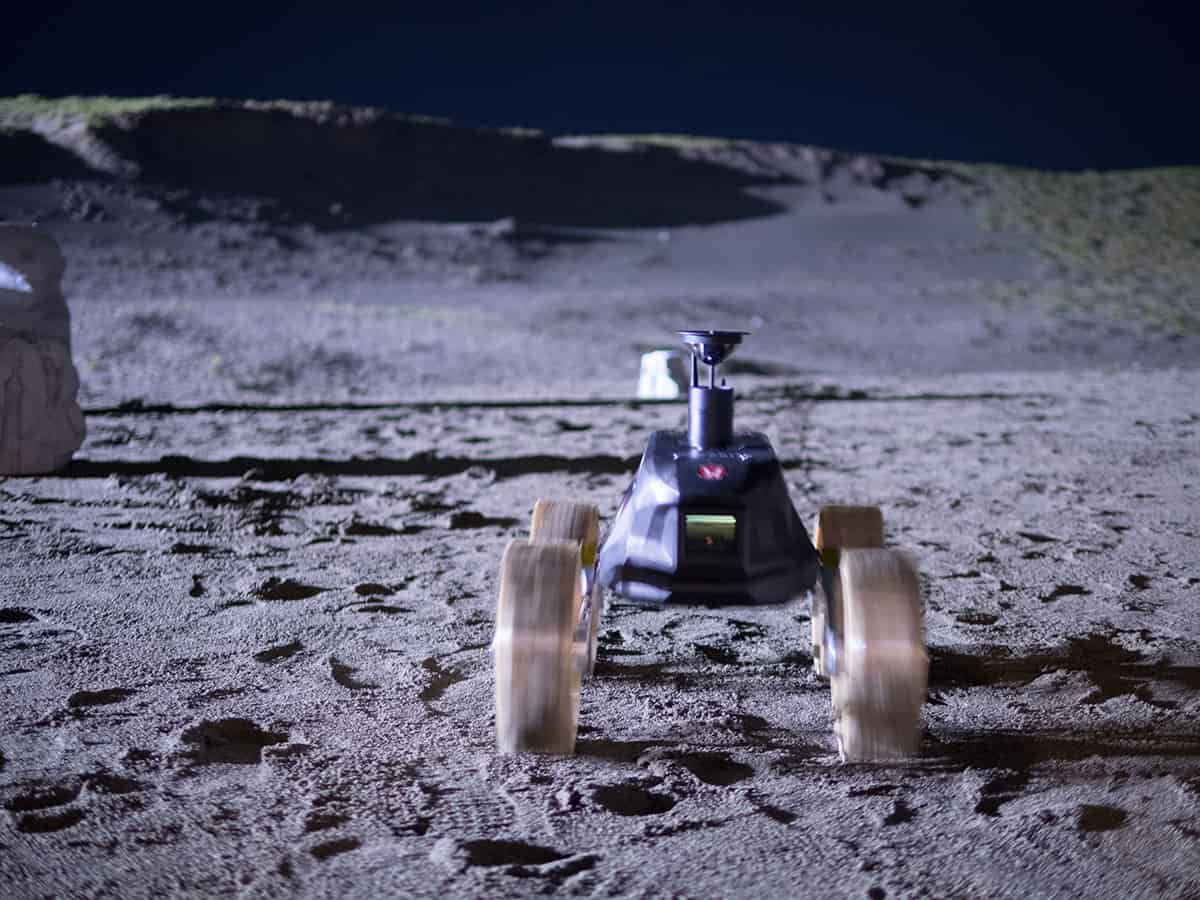Ian Randall reviews The Consequential Frontier: Challenging the Privatization of Space by Peter Ward

Our bold future – as envisaged by the likes of Gene Roddenberry’s Star Trek franchise – was to be golden. Today’s shackles of money, nationalism, poverty, disease and discrimination would be long cast aside, replaced instead by a Utopian humanity that came together to explore the mysteries of universe just because it was there. But is this realistic?
“Sometimes people think about escaping Earth to escape traditions and restrictions on the planet. They think about space as a free environment, and to a certain extent that’s true, but the problem in space is that every commodity you need to survive…has to come through a manufacturing process,” astrobiologist Charles Cockell tells journalist Peter Ward near the end of the latter’s new book, The Consequential Frontier: Challenging the Privatization of Space. “So,” Cockell concludes, “you got the potential for tyranny in space that’s to an extreme that I don’t think has really ever been seen on the Earth.”
My opening comparison between humanity’s real-world prospects in space with those imagined by classic science fiction feels apposite. The idea that today’s space pioneers – such as SpaceX chief executive Elon Musk and ispace’s Takeshi Hakamada – have found inspiration in the likes of Star Trek, Star Wars and Isaac Asimov’s Foundation series is almost a thematic leitmotif that drifts throughout The Consequential Frontier.

Boldly going to a galaxy far, far away
Ward begins his work by rocketing the reader from the early days of the space race to the present and beyond. The lynchpin of this story is the so-called Outer Space Treaty, the document drawn up by the United Nations in 1967 to keep the space race peaceful and attempt to prohibit both the US and Russia from weaponizing their journeys out among the stars. The treaty, which was almost a decade in its planning, sets out a variety of principles, including a ban on the placement of weapons of mass destruction in space. It also prohibits the use of the Moon (and other such satellites) for military bases or testing arms, instead reserving them for exclusively peaceful purposes.
The strength of Ward’s work lies in the depth and personal touches he brings out in each of his many interview subjects. Of particular interest to me were the discussions with space enthusiasts who promote, for example, journeys to, and the colonization of, the red planet. It is hard not to get caught up in their enthusiasm. “I’ve got friends at this point that I know would literally die for just a chance to try to get to Mars, so let’s start coming together and build something around this,” says Bill Hargenrader, founder of the “I Love Mars” project, to Ward. Former Lockheed Martin Astronautics engineer Robert Zubrin proposes a paid subscription service, at $100 per person a year, to help humanity settle on Mars – sort of a Kickstarter to the stars, if you will.
In contrast, a particular intrigue comes into the anecdotes about times when NASA sacrificed potential innovations – such as in the development of recyclable rockets and the notion of refuelling waystations in space – for fear of seeming to supersede existing corporate contracts, or taking actions that might minimize jobs in consequence.
Only once does Ward fall into the tiresome cliché of stereotyping scientists as cold, impassionate thinking machines. Weirdly, this slip comes as he describes an interview with noted Harvard University geneticist George Church, whom he describes as speaking about space “with an un-clinical passion”, despite “being a biologist by profession”.
Church appears in what is perhaps the book’s most speculative and fascinating aside – the notion that humans might one day be physically modified to better survive the ravages of life in space. Using techniques such as CRISPR–Cas9, it may be possible to alter the human genome to make us less susceptible to interstellar radiation, for example, or better suited to living in environments with minimal gravity. I could happily digest an entire book on this subject, but I felt that in this case Ward might have better served his readers by exploring the science and ethics underpinning these proposals in more detail.
In fact, The Consequential Frontier could easily have been longer and more involved, I suspect, without needing to compromise on reader engagement. But the book’s main weakness is the scant overall delivery of Ward’s message. Given the title of the book, which seems to presuppose a strong cautionary tale about the dangers of privatizing space, the main body of text – despite being detailed and captivating – feels anodyne with respect to this potential argument.
The Outer Space Treaty will soon find itself out of date
Only in the concluding chapter does Ward’s strength of feeling begin to show. “The Outer Space Treaty was a great achievement in its time,” he argues, “but will soon find itself out of date, and needs to be revisited and revised specifically for those times of commercial interests in space. Without strong revisions, the document’s vague wording will be its downfall, and the gigantic loopholes will be exploited.” More of this, earlier, would have carried a stronger narrative thread as we set course out into this final frontier – boldly or otherwise.
- Melville House Books, 244pp, £25hb



